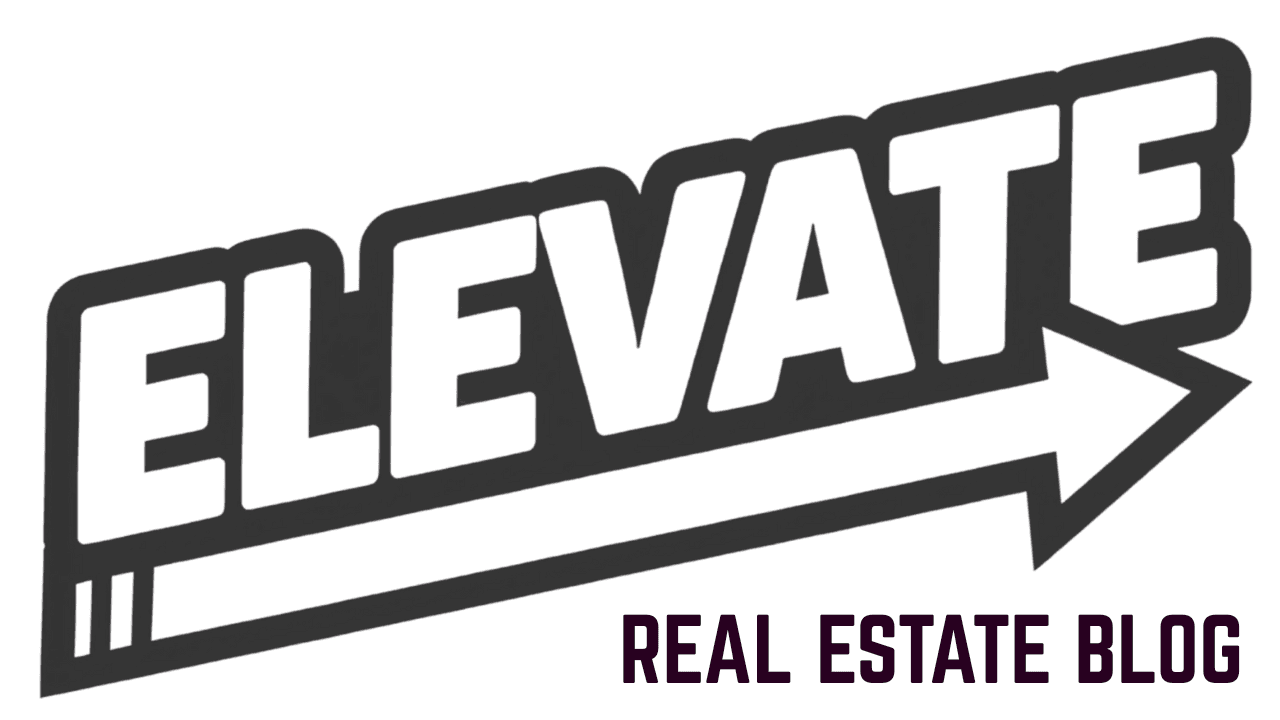Most real estate agents fail within their first year. The statistics are brutal. 33% quit within 12 months. 87% never make it past five years. The difference between success and failure often comes down to one thing: how they start.
Traditional training and structured onboarding represent two completely different approaches to launching new agent careers. One focuses on compliance and procedures. The other prioritizes revenue generation and early wins. The performance gap between them is massive.
What Traditional Training Actually Looks Like
Traditional training treats new agents like students in a classroom. Weeks of policy manuals. Hours of compliance videos. Endless forms and procedures. Agents sit through presentations about brokerage history, office rules, and legal requirements before they ever talk to a prospect.
This approach delays revenue activities until agents complete all administrative training. New agents spend their first month learning about desk fees, commission splits, and filing procedures. They memorize disclosure forms and practice role-play scenarios with other new agents.
The result? Agents lose momentum. They burn through savings while learning theory. By the time they gain access to leads or support systems, their confidence has eroded. They start second-guessing whether real estate is right for them.
Traditional training creates what industry experts call the "valley of death." New agents know the rules but lack the skills to generate income. They understand compliance but struggle with client conversations. The average timeline to first transaction stretches to 6-12 months.

How Structured Onboarding Changes Everything
Structured onboarding flips the script. Instead of front-loading compliance, it prioritizes immediate business-building activities. New agents start working with buyers from day one. They build their sphere of influence database during their first week. They learn CRM systems through actual client interactions, not theoretical training.
This approach treats onboarding as a business acceleration strategy rather than an orientation program. The process continues for up to two months, combining administrative setup with hands-on training and mentorship support.
Top-performing brokerages using structured onboarding achieve first transactions in 30-60 days. They reach sustainable productivity levels within 90 days. Agent retention rates exceed 85% compared to the industry average of 67%.
The key difference is sequencing. Structured onboarding embeds compliance training into the revenue-generating workflow. Agents learn disclosure requirements while preparing actual purchase agreements. They understand contract terms through real negotiations, not classroom discussions.
Performance Comparison: The Numbers Don't Lie
| Metric | Traditional Training | Structured Onboarding |
|---|---|---|
| Time to First Transaction | 6-12 months | 30-60 days |
| Time to Sustainable Productivity | 6-12 months | 90 days |
| First-Year Retention Rate | 67% | 85%+ |
| Productivity Improvement | Baseline | 20-25% lift |
| Agent Confidence Level | Low early months | High from week one |
| Access to Leads | Delayed weeks/months | Immediate |
| Mentor Support | Inconsistent | Assigned from day one |
The productivity differences compound over time. Agents who close their first transaction within 60 days build momentum and confidence. They develop client relationships early. Their referral pipeline starts generating leads while traditionally trained agents are still studying policy manuals.
Research shows structured onboarding delivers up to 82% improvement in retention rates and 70% increases in overall productivity. The early wins create a positive feedback loop that accelerates long-term success.
Why Early Client Interaction Accelerates Learning
Working with actual buyers teaches skills that classroom training cannot replicate. New agents learn to handle objections through real conversations. They understand market dynamics by showing properties and writing offers. They develop negotiation skills through actual transactions.
This practical experience builds competence and confidence simultaneously. Agents who start working with clients immediately report higher job satisfaction and greater commitment to their real estate careers.
The mentorship component is equally critical. Assigned mentors guide new agents through their first transactions step-by-step. They provide real-time coaching during client interactions. This support system eliminates the isolation that causes many new agents to quit.

Three Pillars of Effective Agent Onboarding
Successful structured onboarding programs focus on three core elements that traditional training often overlooks:
Sphere of Influence Development: New agents build comprehensive contact databases during their first two weeks. They identify potential clients from their personal networks and create systematic follow-up plans. This foundation generates early leads and referrals.
CRM Implementation and Training: Agents learn customer relationship management systems through actual use, not demonstrations. They input real contacts, set up automated follow-up sequences, and track prospect interactions from day one.
Lead Access and Conversion: New agents receive lead assignments immediately, with mentor support for conversion. They practice phone skills, presentation techniques, and follow-up strategies with real prospects rather than role-play partners.
These pillars work together to create revenue opportunities while building essential skills. Agents learn by doing, not by studying.
Technology Integration for Modern Onboarding
Modern onboarding programs leverage technology to accelerate agent development. AI-powered systems can track new agent progress, identify skill gaps, and provide targeted training recommendations.
Platforms like PWRU's Pulse Intelligence help new agents establish systematic daily routines and track their activities. The system provides performance insights that guide both agents and mentors in optimizing productivity during the critical first 90 days.
Smart scheduling tools eliminate the administrative burden that often overwhelms new agents. Automated follow-up systems ensure no prospects fall through the cracks while agents develop their organizational skills.

Implementation Strategies for Brokerages
Brokerages ready to implement structured onboarding should start with these core changes:
Week One Focus: Sphere development, CRM setup, and first buyer appointments. Skip lengthy orientation meetings in favor of practical database building and lead generation activities.
Mentor Assignment: Pair each new agent with an experienced mentor from day one. Structure the relationship with specific goals, regular check-ins, and transaction support requirements.
Early Win Targeting: Focus new agents on buyer representation first. The transaction timeline is typically shorter and the learning curve less steep than listing presentations.
Compliance Integration: Embed required training into actual workflow. Teach disclosure requirements during real transaction preparation rather than standalone sessions.
Progress Tracking: Monitor key metrics like database size, prospect contacts, appointments set, and applications submitted. Use data to identify agents needing additional support.
Measuring Onboarding Success
Effective onboarding programs track specific performance indicators:
- Days to first signed buyer agreement
- Number of prospects contacted in first 30 days
- Sphere of influence contacts added weekly
- Mentor meeting completion rates
- Transaction pipeline development
These metrics provide early warning signs when agents struggle and allow for immediate intervention. The goal is sustainable productivity, not just initial activity.
Regular performance reviews during the first 90 days help agents stay on track and adjust strategies based on their individual strengths and market conditions.
Making the Transition to Structured Onboarding
Brokerages transitioning from traditional training should expect initial resistance from established team members. Change management requires clear communication about improved outcomes and agent success rates.
Start with pilot programs for new agent cohorts. Track performance differences between traditionally trained and structured onboarding agents. Use data to demonstrate improved retention and productivity to gain buy-in from skeptical team members.
Training existing agents to serve as mentors requires investment but pays dividends through improved retention and team culture. Experienced agents often find mentoring relationships rewarding and career-extending.
The Bottom Line
Structured onboarding gets agents selling faster because it prioritizes revenue generation over administrative compliance. The evidence is overwhelming. Agents close first transactions 3-8 times faster. Retention rates improve by 82%. Productivity increases by 20-25%.
Traditional training fails new agents by delaying the activities that generate income and build confidence. Structured onboarding succeeds by combining practical experience with systematic support.
For agents entering the business, seek brokerages that offer structured onboarding programs with assigned mentors, immediate lead access, and technology support. Your career success may depend on how you start.
Ready to optimize your daily productivity and track your progress systematically? Pulse Intelligence provides the framework and insights successful agents use to accelerate their growth from day one.




